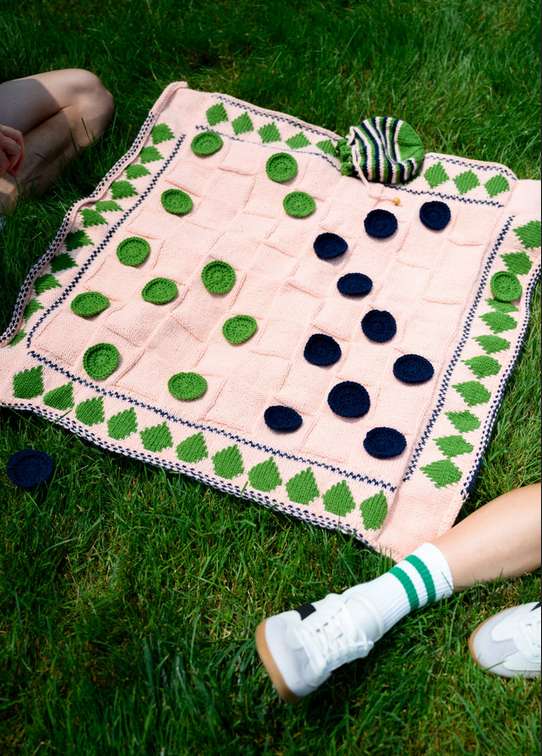
It is the season for insects to be out full force and while I seem to have some natural immunity to getting eaten alive, my children do not.
David Fisher, the candle-making expert on About.com has some good recipes and ideas on how to make citronella candles. He also includes other suggested essential oils such as clove, cedarwood, lavender, eucalyptus, peppermint, rosemary and lemongrass. Check out his mosquito repelling essential oil blend recipes.
There are also lotions that contain some of these essential oils that you can apply to your skin for double duty because candles will only scare them off for so long. Peppermint, citronella and lavender smell pleasant enough to wear, yet mosquitoes detest the taste and smell of them.
Some also make their own spray with a few drops of essential oil in alcohol. That doesn’t sound too gentle for children’s skin, so I would opt for a lotion. Here’s a gentle recipe from Sunspirit Aromatherapy that’s suggested as an insect repellent, although I don’t know how effective it is as I haven’t tried it yet.
-1 drop Lavender oil
-10ml Jojoba oil
At Nospray.com (a coalition fighting against the spraying of toxins) cinnamon oil and catnip
are touted to be safe alternatives to Deet. Cinnamon oil would certainly smell nice in a candle too.
With the arrival of the Japanese Encephalitis Mosquito, it has become important to make sure those pesky mosquitos are not snacking on you. Japanese encephalitis symptoms include Headache, neck pain, and Nausea. . Japanese encephalitis does have a vaccine and you should contact your local medical professional for information on obtaining this vaccination.
But how else can you protect yourself against mosquitos? Keep mosquitoes away from exposed skin by wearing long-sleeved shirts, long pants, and socks, you can even wear a mosquito net hat. Tuck shirts into pants and pants into socks to cover gaps in your clothing where mosquitoes can get to your skin. For a natural repellent use essential oils for making your own Mosquito bug spray repellent. Add oils to water and spray into the air or add small drops to your clothing. Use a Necklace or Bracelet oil diffuser to help repel mosquitoes naturally. Insect bracelets and necklaces are great for children too.
